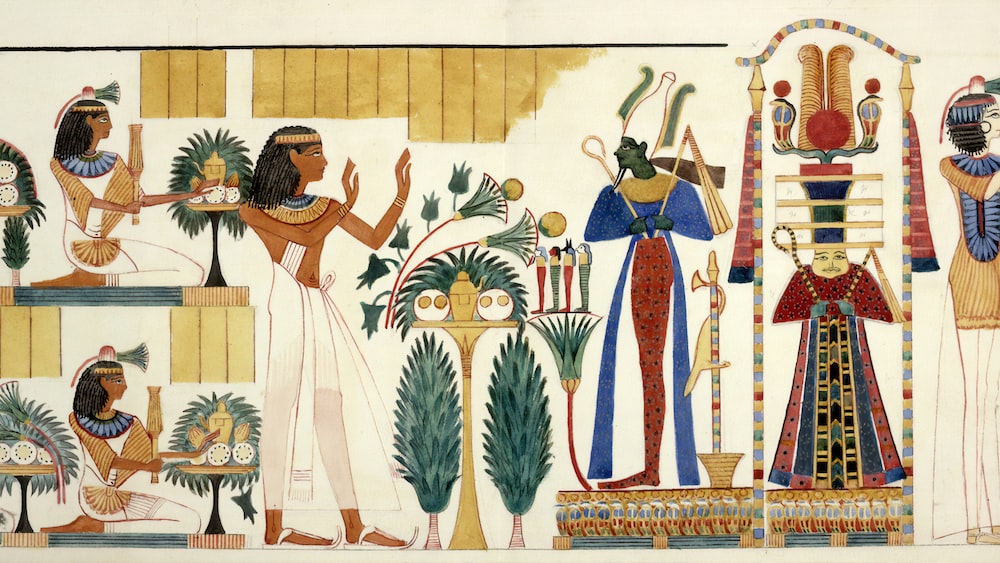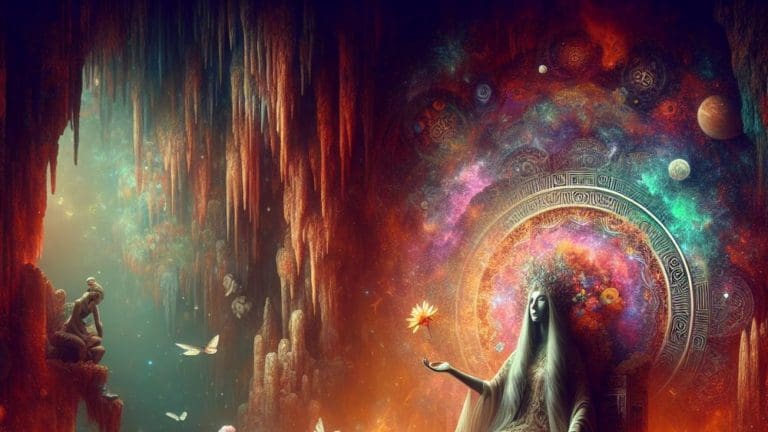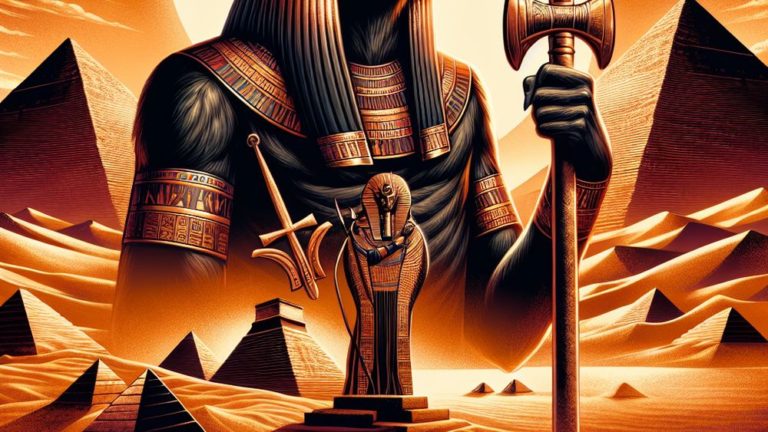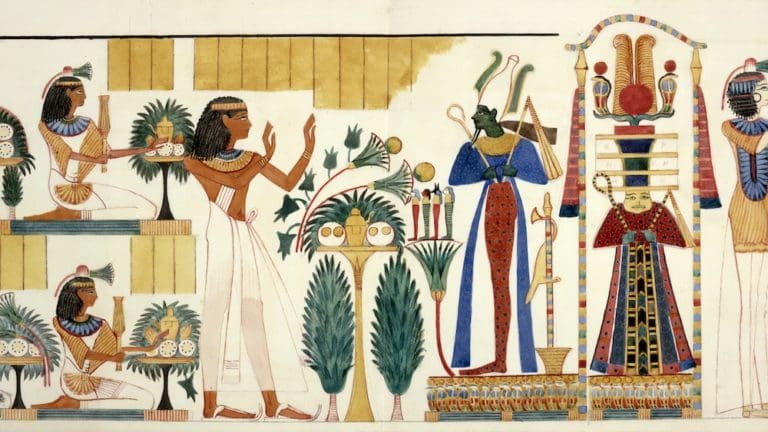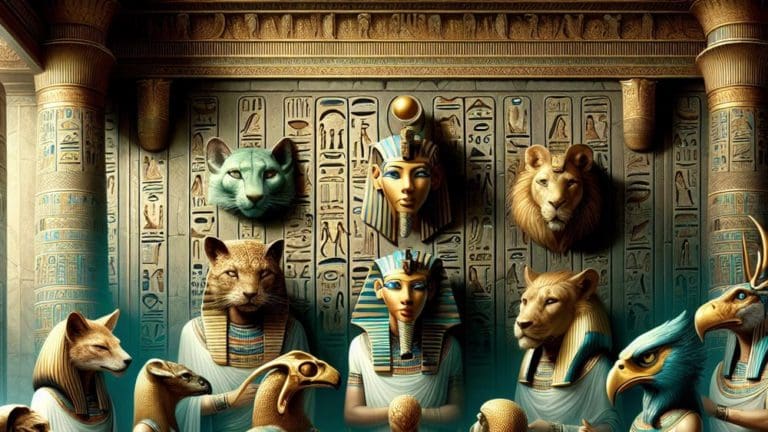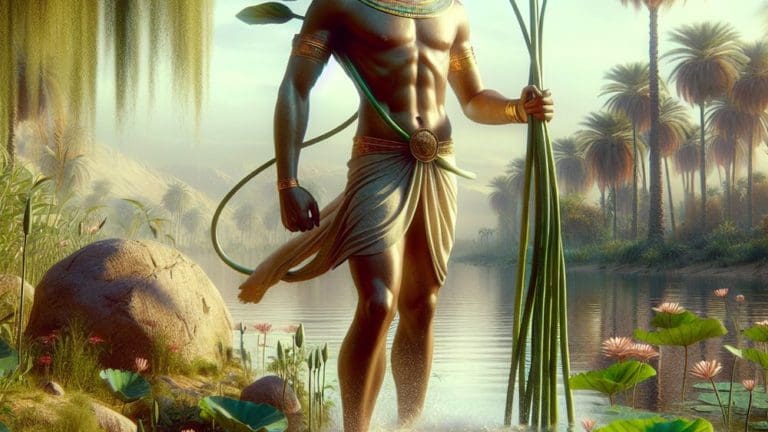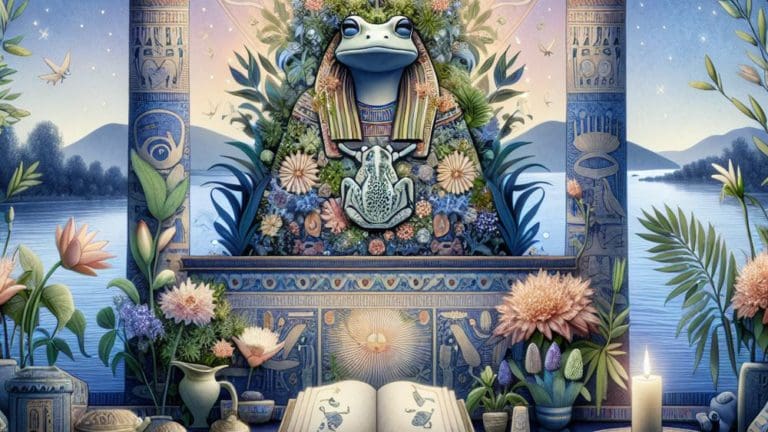Sobek Vs Ammit: Unraveling The Ancient Egyptian Battle
Sobek Vs Ammit: Unraveling The Ancient Egyptian Battle
Hello history enthusiasts, amateur archaeologists, and intriguing travelers of time! Have you ever wondered about the lesser-known deities of Ancient Egypt who held a substantial significance in their own unique ways? Today, we are embarking on an exhilarating journey deep into the heart of Ancient Egyptian mythology, shedding light on the enigmatic entities of Sobek and Ammit.
Like the relentless waves of the Nile, our curiosity compels us to explore the mysteries veiled by time and sand, to dive into yesteryears’ narratives. Our subject of exploration today? The longstanding comparison, Sobek vs Ammit. Both fascinating and somewhat mysterious figures within the rich tapestry of Ancient Egyptian mythology, understanding their natures, roles, and representations sheds new light on the nuanced complexity of Egypt’s ancient spiritual landscape.
Let’s get our archaeologist hats on and take a leap of time, prepared to unearth the intricate details embroidered into the history of these divine creatures. While respecting the heritage, culture, and beliefs of the olden times, together, we will form our own perspectives and gain a fresh understanding of the mythical battle: Sobek vs Ammit!
Understanding Sobek and Ammit
But before we venture into the depths of their intertwined histories, who exactly are Sobek and Ammit? While both were considerable figures in Ancient Egyptian religion, their roles and connotations varied greatly. This dichotomy sets the stage for the intriguing comparison at hand.
Who is Sobek?
Setting foot into the realm of Egyptian deities, one cannot miss the formidable figure of Sobek, often represented as a human with a crocodile head or a full-bodied crocodile basking on a land of lily pads. The crocodile was revered and feared simultaneously, a paradox that reflects the dual nature of Sobek, the crocodile god himself.
Sobek is a god of primordial might and force, a deity associated with the might of the pharaohs and a symbol of the River Nile’s strength. His roots lie in the Old Kingdom, although his influence has rippled through time to influence and shape the continuous eras of Ancient Egypt. Be it as a deity of fertility granting life-giving waters or as a ruthless god displaying violent power, Sobek evokes a sense of awe and respect.
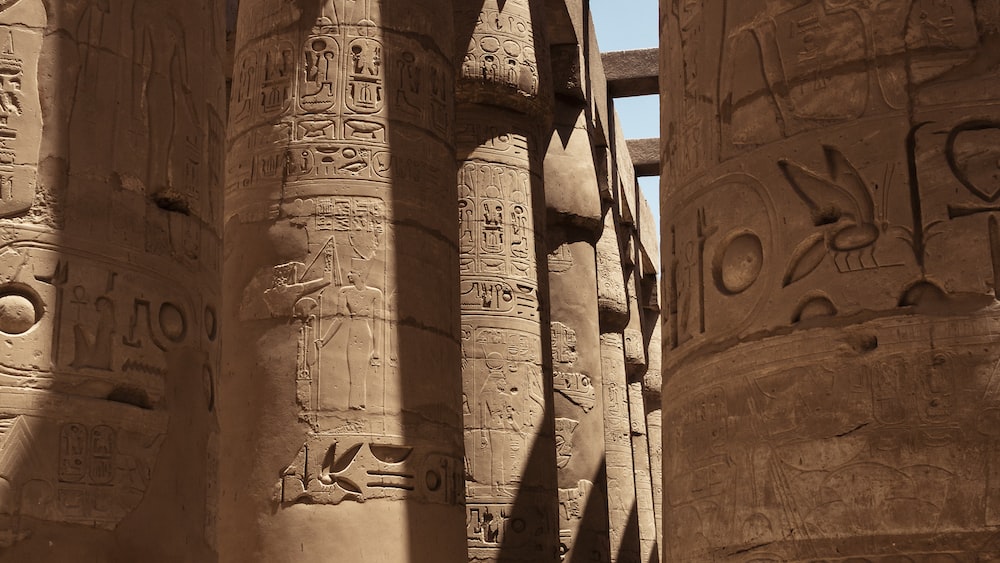
The icon and name of Sobek continue to circulate in the hidden corridors of modern culture, a testament to his ancient significance. His association with the crocodiles of the River Nile deeply entwines him within the very threads of Egyptian life, living and breathing within its eons-old narratives.
Sobek, the Egyptian god depicted as a human with a crocodile head, holds a paradoxical nature as a deity of might and force, evoking both awe and respect.
Who is Ammit?
On the other end of the divine spectrum resides Ammit (also spelled as Ammut), another powerful but perhaps lesser-known figure. Unlike Sobek, who enjoyed places of honor in various Egyptian temples, Ammit lurked in the shadows, inciting fear and respect in equal measures.
Ammit, also known as the ‘Devourer of the Dead,’ was not worshipped in the traditional sense. However, she held a pivotal role in the Ancient Egyptian afterlife. Often depicted as a fantastical blend of fearsome beasts – the body of a lion and the head of a crocodile, Ammit was both revered and avoided, a nightmarish warden of the underworld who ensured balance in the afterlife.
The Role of Sobek in Ancient Egyptian Religion
Delving further into our exploration of Sobek vs Ammit, let’s turn our focus exclusively to Sobek.
Sobek’s Iconography
As wanderers in the realm of myth and history, let us imagine the walls of ancient temples, intricately painted with scenes that reflect the power of Sobek. The crocodile god’s iconography is rich and varied, reflecting his multitude of associations and roles in Ancient Egyptian culture.
Throughout the period of the Middle Kingdom and beyond, Sobek’s representations were prominently seen. He was often depicted as a crocodile, lying on a sanctified altar or as a muscled, strapping man with a crocodile head, reflecting his brute strength and fearsome power.
Impressive statues crafted in granite stood tall, bearing the likeness of the divine crocodile. Whether depicted in human or crocodile form, Sobek was a figure to be reckoned with. His sharp teeth, strong jaws, and impressive physique were enough to send a shiver of awe down anyone’s spine, reflecting the fearsome majesty of both deity and the animal he represented.
Sobek’s Influence in Ancient Egypt
From blessing the pharaohs with victory, assisting in childbirth, or controlling the Nile’s waters, Sobek was a significant force within the Egyptian pantheon. His cult was widespread with temples known as ‘Houses of Sobek’ nestled along the Nile’s banks, resonating with the chants and prayers of the devotees.
Sobek’s importance was such that an entire city, Crocodilopolis, was dedicated to his worship, adorned with grand temples where sacred crocodiles were kept in his honor. Sobek in many ways was bound with the identity of Egypt itself, reflecting the courage, strength, and vitality of its people.
Both feared and worshiped, Sobek held the balance between life and death in his mighty jaws. His wide-eyed, toothy grin reminds us of the timeless undercurrents of respect and fear that continue to shape human relationships with nature, highlighting the delicate balance that was a cornerstone of Ancient Egyptian spiritual life.
The Role of Ammit in Ancient Egyptian Religion
As we cross the river of time, let’s sail towards the much-feared amalgamation of the wild, a figure closely knit with the Ancient Egyptian afterlife – Ammit.
Ammit’s Iconography
Ammit, known as the ‘Devourer of the Dead,’ was depicted as a curious chimeric entity within ancient Egyptian art. This fantastical creature combined the instinctive strength and power of three of Egypt’s most fearsome beasts. The goddess had the body of a lioness, the most dangerous of all predators in Egypt, combined with the head of a crocodile, considered the most potent symbol of power. Her back part was represented by the formidable hippopotamus, a creature respected both for its size and its ferocity.
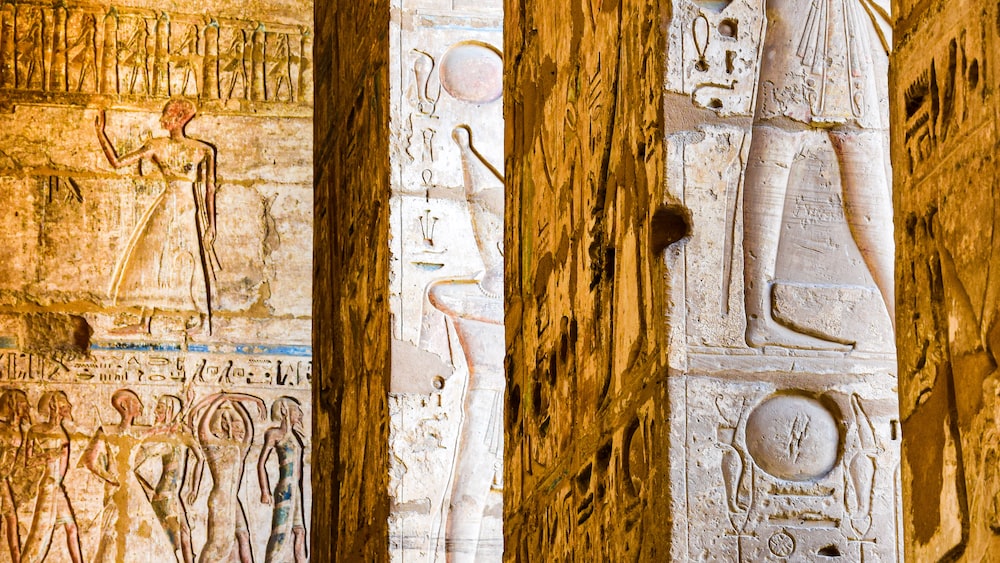
Throughout Egyptian artwork, Ammit was typically illustrated seated next to the scales of justice, performing her fearsome duty. However, her depiction was not meant to evoke fear in the living, but rather, serve as a stark reminder of the penalties awaiting a life lived outside the bounds of Ma’at, the ancient Egyptian concept of truth, balance, order, harmony, law, morality, and justice.
Ammit, the ‘Devourer of the Dead,’ was a powerful and symbolic creature in ancient Egyptian art, representing the consequences of living a life in opposition to truth and balance.
Ammit’s Influence in Ancient Egypt
The role of Ammit in ancient Egyptian religion was clear and unequivocal – she served as the ultimate arbiter of moral righteousness. She held no temples and no cult followers. Rather, her influence was exercised through the potent fear she instilled in the hearts of every Egyptian. A terrifying chimera, Ammit was the consuming fire awaiting those who failed the judgment of the underworld.
Using a psychological methodology, the ancient Egyptians crafted Ammit to personify the ideal disincentive, dissuading individuals from breaking societal norms and discrediting Ma’at. Those who lived virtuous lives had nothing to fear, whereas lawbreakers feared being eternally devoured by Ammit. Therefore, her presence greatly contributed to maintaining societal order in Egyptian society.
Sobek Vs Ammit: The Comparative Analysis
In the grand saga of ancient Egypt, Gods and Goddesses took on mingled forms, functions, and symbols. This blend is most evident in the comparison “sobek vs ammit”. Both Sobek and Ammit were intimately associated with concepts of power – Sobek as the might and force of the pharaohs, and Ammit as the potent force of divine judicial authority.
Similarities Between Sobek and Ammit
The comparison of “sobek vs ammit” reveals fascinating similarities. Both Sobek and Ammit were depicted with attributes of a crocodile, animals that Egyptians intimately associated with power, danger, protection, and rebirth. The crocodile’s characteristics were integral to their iconography. Just as crocodiles command respect due to their inherent strength and danger, so did Sobek and Ammit in the religious hierarchy.
Additionally, Sobek and Ammit were both deeply embedded within the ancient Egyptians’ notions of the afterlife. Sobek played a crucial role in aspects of fertility and rebirth, while Ammit stood as the grim reminder of what awaited those who lived contrary to Ma’at.
Fascinatingly, neither Sobek nor Ammit was worshipped as primary deities. Instead, their influence was more subtle and arguably more profound – they shaped Egyptian thought, principles, and their daily life in ways they were not always conscious of.
Differences Between Sobek and Ammit
On comparing “sobek vs ammit”, a discernable dichotomy can be seen in their impact on the people of ancient Egypt. Sobek, though fierce, commanded an aura of respect, and his temples dotted the landscape where people could actively worship him. Conversely, Ammit lacked any direct form of worship, instead instilled a deep sense of fear as the devourer of impure hearts – a divine deterrent against immorality.
Also, Sobek encouraged resiliency and strength in his worshipers, while Ammit’s presence was a dark reminder of eternal judgment. The juxtaposition of Sobek’s protective nature and Ammit’s destructive fate for those deemed unworthy painted a compelling picture of Egyptian beliefs – the intertwining of benevolence and wrath, the balance of good and evil.
Sobek and Ammit represent a dichotomy in ancient Egyptian beliefs, with Sobek commanding respect and encouraging strength, while Ammit instilled fear and served as a reminder of eternal judgment.
Sobek and Ammit in Popular Culture
From the ancient times to the modern world, both Sobek and Ammit continue to captivate imagination and influence popular culture. Their legendary attributes are still revered, and their influence has seeped into realms of entertainment and literature, prompting the comparison “sobek vs ammit” in new and innovative ways.
Sobek’s Depiction in Modern Media
In modern day, Sobek’s presence is strongly felt in various forms of media. His charismatic embodiment of power that intrigued the ancient Egyptians seems to have the same compelling effect on modern imaginations. He routinely appears in video games, where his tenacity and strength make him an exciting character to construct narratives around.
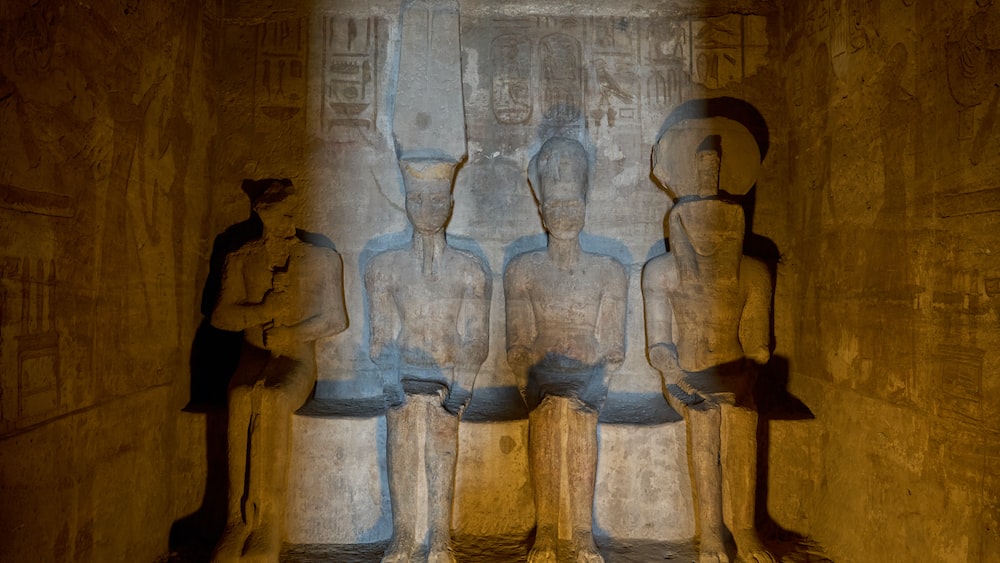
Examples of Sobek’s appearance in modern media:
- As the god of the Nile, he appears in the popular game series ‘Age of Mythology’ as a formidable force defending the waters.
- In Rick Riordan’s fantastical series “The Kane Chronicles,” Sobek displays his might as the antagonist, taking on adventures in the vivid world of Egyptian myth.
These appearances in pop culture demonstrate how Sobek’s iconic role in ancient Egypt has translated into modern narratives, creating a vibrant and continued engagement with this fearsome deity.
Ammit’s Depiction in Modern Media
Despite her terrifying description in ancient texts, Ammit has found a soft spot in modern media. A mixture of a crocodile, lion, and hippopotamus, she has societal relevance even after several millennia, becoming a character of fascination in films, literature, and video games. For example, the 2016 film, ‘Gods of Egypt,’ portrayed her as a monumental guardian creature, a reminder of her historical role as the devourer of the unjust.
Yet, in the realm of video games, a different image arises. ‘Smite,’ a third-person multiplayer online battle arena, showcases Ammit as a fearsome beast, showcasing her symbols of power and justice. It’s fascinating how the iconography of Ammit has evolved over time, still centered around the concept of judgment but altered to appeal to today’s audiences.
FAQs
1. Why are Sobek and Ammit often compared?
Sobek and Ammit are often compared due to their connections with the realm of the afterlife in ancient Egyptian lore. As guardians, they had distinct roles — Sobek, the crocodile-headed god, was regarded as a protector while Ammit, the devourer, was feared for her role in the judgment of souls.
2. What are the key differences between Sobek and Ammit?
The key differences between Sobek and Ammit lie in their roles and depiction in ancient Egyptian mythology. Sobek, revered as a creator god, was often associated with fertility, protection, and the might of the Pharaohs. Conversely, Ammit, known as the devourer of the dead, was a figure of fear and judgement, representing the finality of death and the inherent balance of morality.
3. How did Sobek and Ammit influence Ancient Egyptian culture?
The influence of Sobek and Ammit on ancient Egyptian culture is seen through their stories and symbols, which deeply intertwined with everyday life. Sobek, as a deity of protection and strength, was associated with Pharaohs; his cult flourished across Egypt. On a more somber note, Ammit’s image inspired fear, contributing to the society’s values regarding truth, balance, and moral conduct, especially as she served Osiris in the Hall of Judgment.
4. How are Sobek and Ammit depicted in modern culture?
In modern culture, Sobek and Ammit are often depicted in media related to fantasy, history, and mythology. They reflect our fascination with ancient civilizations and their timeless narratives, enhancing our understanding of humanity’s ancient past. From film portrayals to video game characters, the legacy of Sobek and Ammit continues to mesmerize audiences worldwide.
Conclusion
As we draw the curtains on this historical exploration, we are left with a profound admiration for the stories and significance embedded in ancient Egyptian lore. Through our journey, we have not only learned about the fascinating figures of Sobek and Ammit but also gained a newfound appreciation for the cultural threads that shape us as human beings.
The tale of Sobek vs Ammit lives beyond the artifacts and hieroglyphics – it is etched in our collective memory in books, games, and films that continue to evolve their narratives. It is an exciting journey, one that takes us through the powerful currents of the Nile to the intricate balance of the Hall of Judgment, proving yet again that our past is never truly behind us.
As we continue to uncover the mysteries from the sands of time, I hope you find the enduring tales of Sobek and Ammit as captivating as I do. Let’s continue this journey together. Remember, history is not just about the past; it’s about unraveling the threads that connect us as a civilization. So here’s to more adventures – until next time, fellow explorers!
Warm Regards, Cedric

